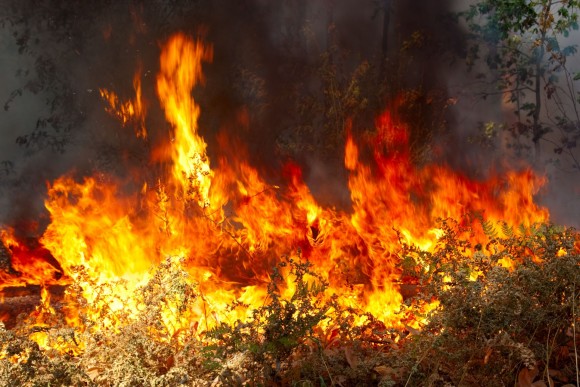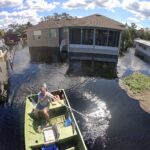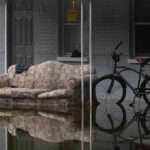Panelists convened by the Insurance Information Institute and ResilientH20 Partners agreed that resilience is building due to technological advances and greater awareness about how wildfires spread.
In the latest installment of the Triple-I’s National Town Hall series, a risk modeler, an insurer’s founding partner, and an inventor were joined by subject matter experts from not-for-profit organizations and government to advance the latest developments in U.S. wildfire resilience.
“We can tell you the wildfire risk for every single property in the U.S.,” said Bob Frady, co-founder and CEO, HazardHub, which awards wildfire risk graded and provides data to the Triple-I’s Resilience Accelerator. “Eighty-nine percent of wildfire-destroyed properties are in F zones,” he stated, referring to California and citing historical data from the California Department of Forestry and Fire Protection. “Wildfire is a highly localized problem. They happen exactly where we think they’re going to happen.”
Kevin Stein, CEO, Delos Insurance, said embers are one of the main ignition sources.
“Our modeling has shown that what makes the biggest difference—the biggest indicator for loss for a home—is whether or not a fire can even be at that home in the first place,” Stein said.
Michele Steinberg, wildfire division director of the National Fire Protection Association, talked about Outthink Wildfire, a new initiative launched earlier this year. The NFPA’s campaign is aimed at educating the public on what they and their neighbors can do to reduce greatly the risk of a home’s ignition during a wildfire.
“It is a call to action to end the destruction of communities by wildfire in 30 years,” Steinberg said.
Michael Morter, wildfire recovery ombudsman with the Oregon Office of Emergency Management, noted that Oregon lawmakers this year agreed to dramatically increase the financial commitment to mitigation after 2020’s deadly wildfires in Oregon destroyed more than 3,000 homes, burned 1 million-plus acres, and caused upwards of $2 billion in insured losses.
Oregon is also implementing a statewide and regional strategy to leverage new technologies and best practices across residential and commercial properties, seeking to protect citizens and companies from persistent wildfire threats.
The panelists presented current data and updated practices in an interactive setting late last week on Changing the Course of Wildfire Resilience. Janet Ruiz, the Triple-I’s California-based director of strategic communication, was the session’s moderator.
Related:
- Severe Drought in Western U.S. Raises July 4 Fireworks Fears
- Drought Indicators in Western States Flash Warnings of the ‘Big One’
- Insuring Properties a Struggle for Many in California’s Risky Fire Areas
Topics Catastrophe Natural Disasters Wildfire
Was this article valuable?
Here are more articles you may enjoy.



 US House Bill Aims to End Private Flood Insurance Coverage Penalty
US House Bill Aims to End Private Flood Insurance Coverage Penalty  Hyundai, Kia Agree to Retrofit 7 Million Vehicles to Address Theft Concerns
Hyundai, Kia Agree to Retrofit 7 Million Vehicles to Address Theft Concerns  AIG Partners With Amwins, Blackstone to Launch Lloyd’s Syndicate Using Palantir
AIG Partners With Amwins, Blackstone to Launch Lloyd’s Syndicate Using Palantir  Poorer Americans Dropped Federal Flood Insurance When Rates Rose
Poorer Americans Dropped Federal Flood Insurance When Rates Rose 

